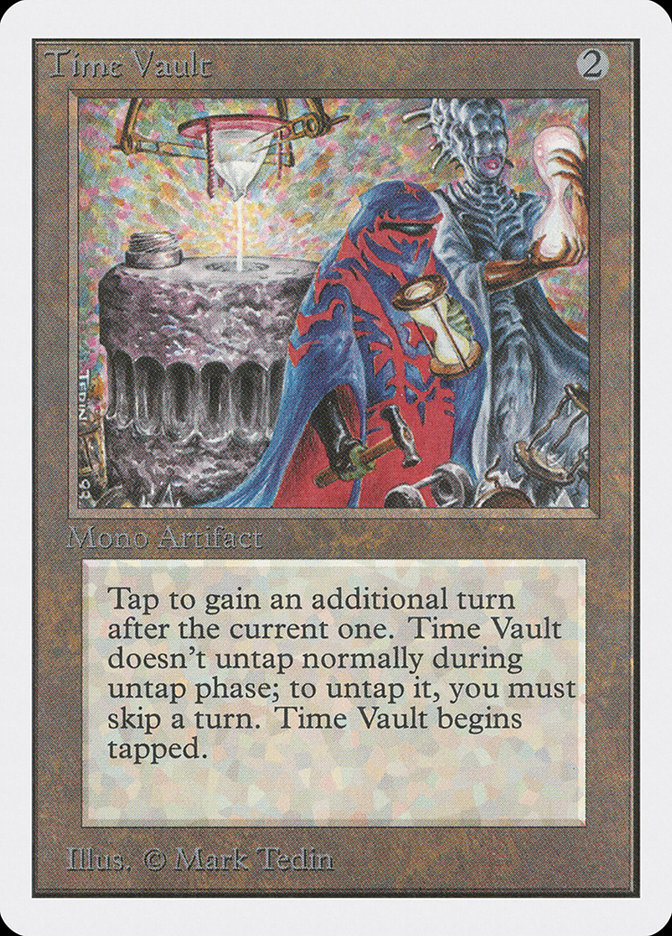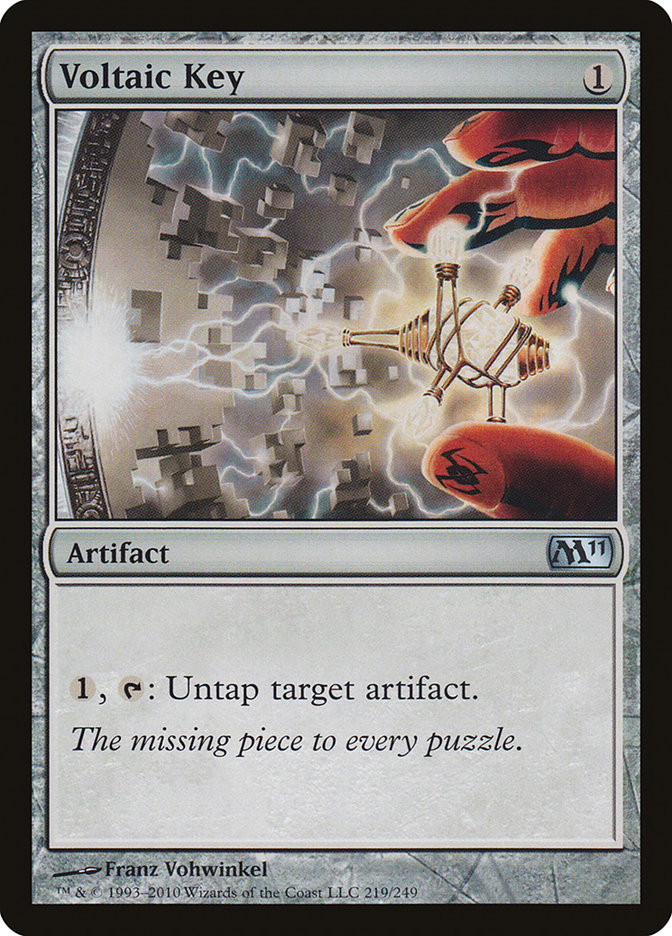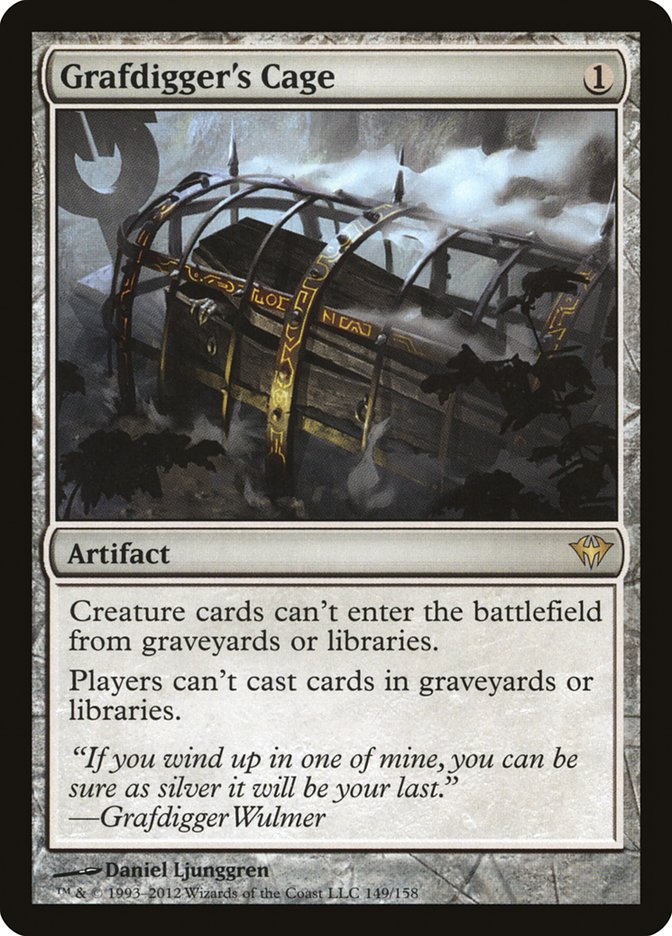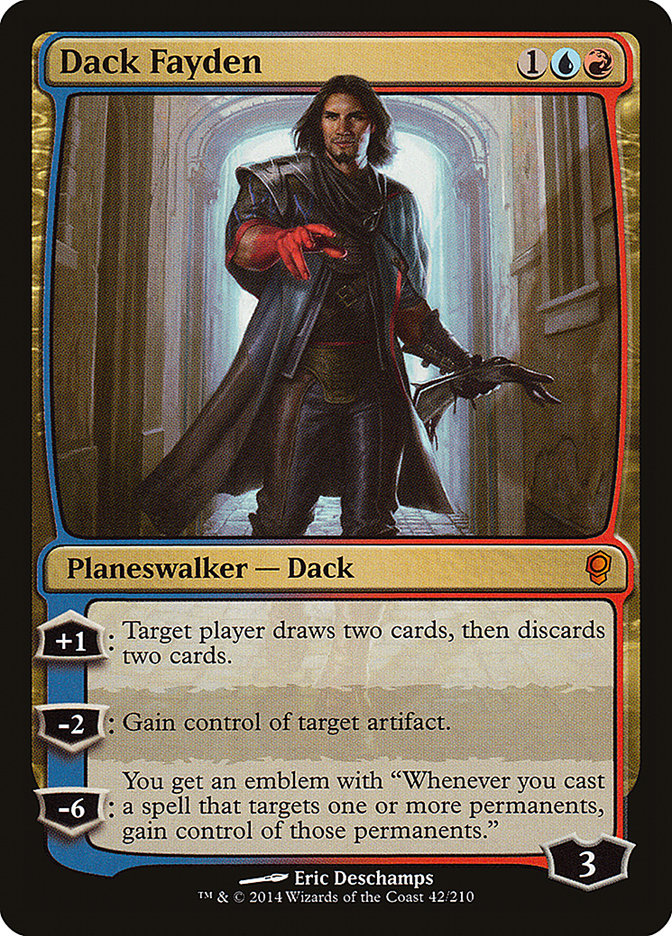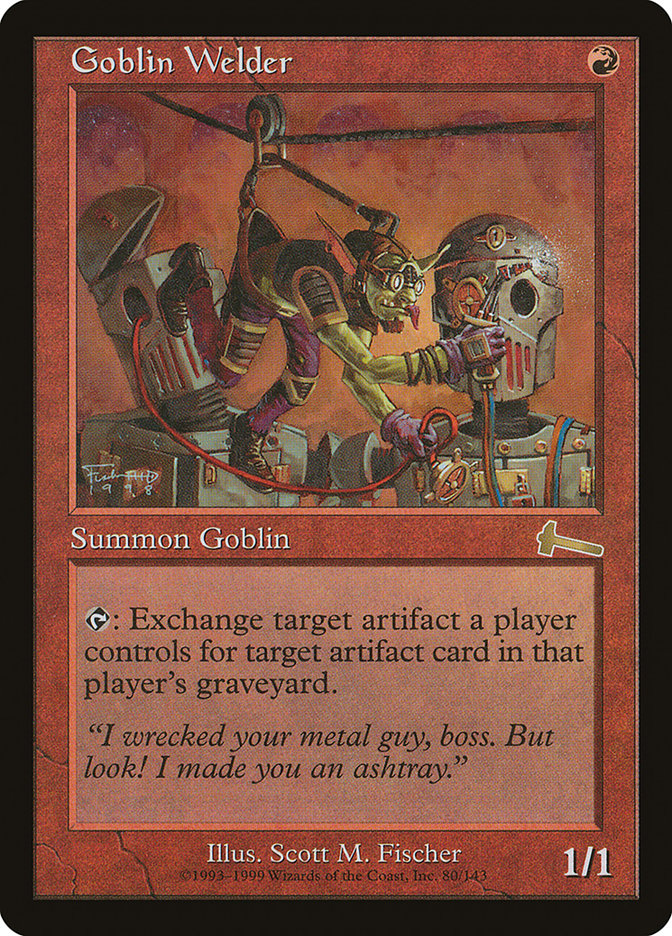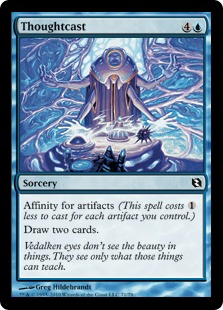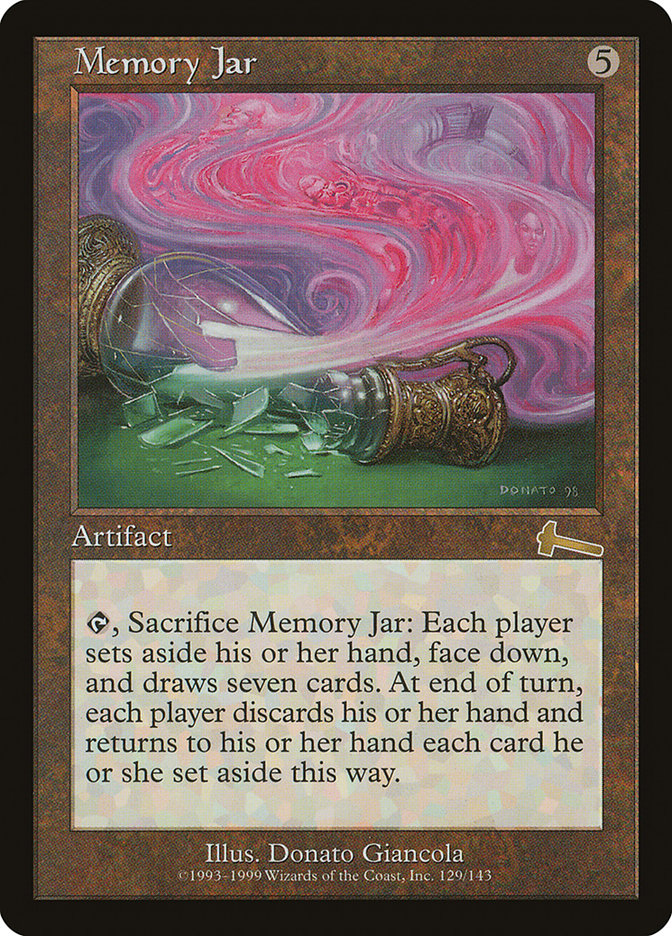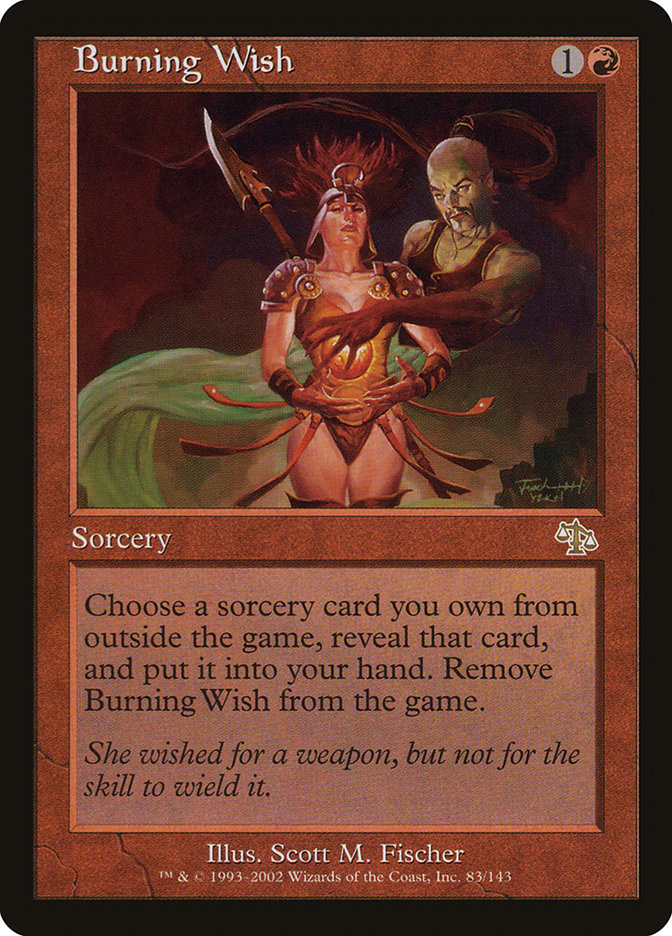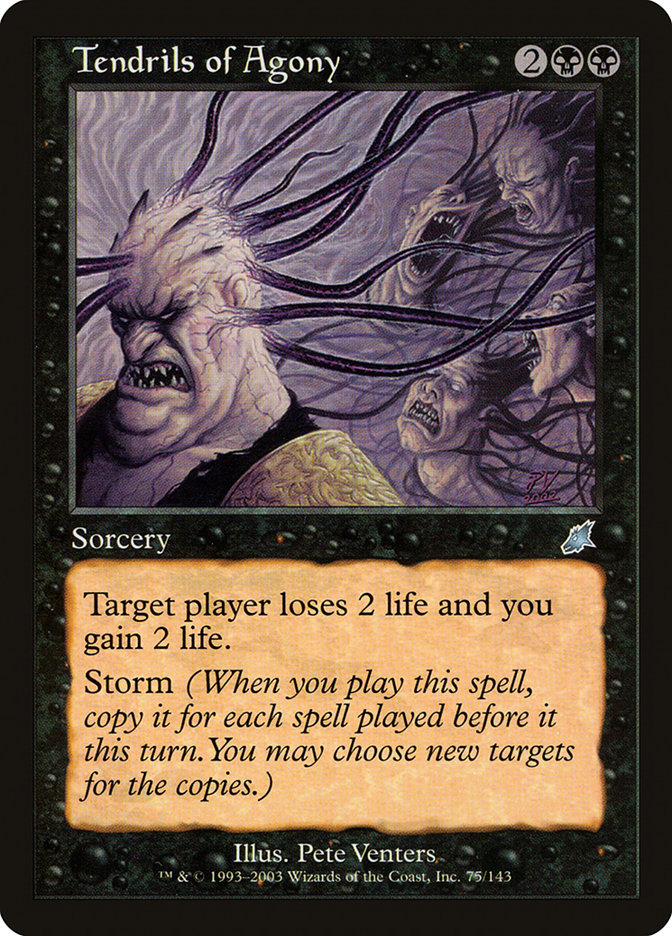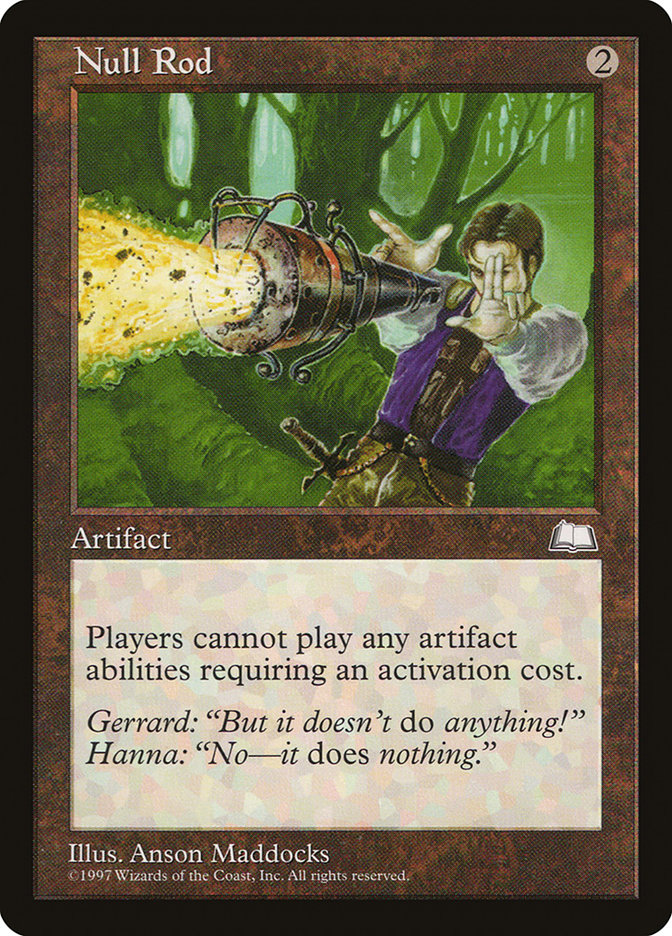The number one factor that makes Vintage special and different from every other Constructed Magic format is the inclusion of the restricted list. The most
broken cards ever printed (the Power 9, Tinker, Yawgmoth’s Will, etc.) are all fair game as restricted cards in Vintage.
There is no wrong way to play Vintage. The format is full of extremely cool and interesting lands and spells that provide players and deckbuilders with a
near endless array of possibilities to enjoy.
Of the vast possibilities available to Vintage fans, the Steel City Vault deck is the ultimate “Welcome to Vintage” deck.
The deck is resilient, extremely powerful, and does extremely broken things in a very efficient manner. There are a lot of decks in Vintage that do a lot
of different things, but there are very few decks that make as much mana and draw as many cards as quickly as Steel City Vault.
I reworked the archetype about a month ago
and wrote a brief write up about it. I was so impressed with how the deck was working while I was testing it against other various Vintage strategies that
I shipped the list over to Paul Mastriano and he played it at The Mana Drain Open a couple of weeks ago. He ended up making top 8 and getting second place
at the large, prestigious event.
The list that he played is only a few cards off in the 75 from the list that I developed and wrote about a while back:
Creatures (2)
Planeswalkers (2)
Lands (11)
Spells (45)
- 1 Brainstorm
- 1 Vampiric Tutor
- 1 Mystical Tutor
- 1 Yawgmoth's Will
- 4 Force of Will
- 1 Mana Vault
- 1 Wheel of Fortune
- 1 Sol Ring
- 1 Regrowth
- 1 Demonic Tutor
- 1 Hurkyl's Recall
- 1 Time Walk
- 1 Ancestral Recall
- 1 Imperial Seal
- 1 Mana Crypt
- 1 Timetwister
- 1 Time Vault
- 1 Gifts Ungiven
- 2 Burning Wish
- 1 Memory Jar
- 1 Thirst for Knowledge
- 3 Thoughtcast
- 1 Tinker
- 2 Voltaic Key
- 1 Black Lotus
- 1 Lotus Petal
- 1 Mox Emerald
- 1 Mox Jet
- 1 Mox Pearl
- 1 Mox Ruby
- 1 Mox Sapphire
- 1 Ponder
- 4 Mox Opal
- 1 Nihil Spellbomb
- 1 Fire

There are several practical reasons why I believe that this deck is a top Vintage archetype at the moment.
The first and most obvious reason for why I would say that SCV is a good deck is that it has an extremely high density of really powerful spells. Nearly
half of the maindeck is comprised of cards that are on the restricted list, so pound for pound there.
The key to SCV is that the deck is very aggressive about finding and setting up Time Vault + Voltaic Key.
Infinite turns.
The deck can also back it up with permission and protect the combo via Goblin Welder, which gives the deck a lot of resiliency to Disenchant effects or
opposing permission.
So, at the very heart of the deck is a two card infinite turn combo with a multitude of ways to back it up to make sure it sticks.
There are lots of fast combo decks in Vintage, but what makes Steel City Vault so good is that it has a lot more ways to interact with people than a lot of
other combo decks tend to have.
Combo’s bane.
So far as I can tell there are two really important incentives to play a combo deck like Steel City Vault over one of the other options.
The first reason is that Steel City Vault doesn’t really care very much about the card Grafdigger’s Cage. I know that seems like a strange thing to say,
but in actuality a combo deck that doesn’t care about Cage is actually a huge deal.
Take a look at the other combo decks in the format: Oath of Druids, Dredge, and Storm. All of these decks are reliant to a large extent upon being able to
do things that Cage is really good at disrupting. It is also no surprise that with how good Cage is against so many of the combo strategies in Vintage that
the one mana artifact has become one of the most important and most played cards in the format.
A lot of different decks have even started to maindeck hate cards like Cage which can be a real problem for combo players everywhere. SCV on the other hand
only has one card that gets screwed up by Cage in Yawgmoth’s Will.
This particular broken combo deck completely dodges the format’s number one most popular anti-combo card.
The second element that makes this deck special, and therefore good, is that it is a combo deck that actually tends to have a favorable Workshop matchup.
Artifact Hate.
These two cards have innate synergy with one another already because players can discard artifacts and then weld them in with the Goblin. However, while
this may be a powerful proactive combo interaction, these two cards are actually extremely potent tools at fighting against Mishra’s Workshop decks. Being
able to “Steal Artifact” a Workshop players threats or simply Weld them into unimportant cards is pretty amazing.
Another element of this deck that makes it pretty reasonable against Mishra’s Workshop decks is that the deck plays basically all the fast mana
available and doesn’t need to storm out to win.
Needed more Moxes.
Many of the other combo decks need to Gush or Storm out in order to achieve their victory condition, but not the case with SCV.
Instead, SCV can simply plod along keeping its head above water, establish its mana, and eventually find and execute Key + Vault to win the game. Sphere
effects are good against blue decks, but they punish decks like Gush or Dark Ritual much harder than they punish a deck like Vault.
Affinity for Artifacts.
Another big innovation that I made when building this deck was the inclusion of Seat of the Synod and Thoughtcast as efficient mana production and card
drawing.
The Seat of the Synods were important for being able to consistently achieve the condition of metalcraft in order to turn on Mox Opal. Once I figured out
that Seat of the Synod + Mox Opal was a very real and very powerful option for a Vintage manabase, the addition of Thoughtcast was fairly obvious. I mean
who wouldn’t play with a card that said U: Draw two cards?
Thoughtcast is a pretty big game in this deck and fills a lot of important functions during game play. It is importantly a blue card for Force of Will that
I’m usually pretty happy to pitch on the first turn of the game (before my mana is established), but it is also an insanely awesome topdeck later on in the
game against permission decks like BUG Fish or Control Slaver.
Most decks in the format don’t actually have “divination” type effects that cheaply net cards. Cards like Thirst for Knowledge are now restricted and
people don’t really net card advantage without the help of either restricted cards (like Ancestral Recall) or haymakers (like Jace, the Mind Sculptor).
Simply having access to a card that costs one mana and generates card advantage against Fish or Control decks is a big game because it gives us the world’s
greatest bait spell of all time. While the card may be awkward when it gets Mana Drained (don’t let that happen obviously), it is also pretty cute that
SCV’s card filtering spell doesn’t get Mental Missteped the way that Preordain does!
Tinker Bot.
Memory Jar is the original Tinker target. Back before there was Darksteel Colossus, Sundering Titan, or Blightsteel Colossus, Tinker was a card primarily
played to find Memory Jar and function as a draw seven. However, in this deck Jar is basically the best draw seven ever because it can be brought back by
Goblin Welder.
Also, keep in mind that against Workshop decks, you can set up plays where you activate Memory Jar and then find and execute Hurkyl’s Recall which will
force them to basically discard all of their artifacts on your end step.
There is a Myr Battlesphere in the sideboard for matchups where you might want to bring it in and create a ton of board presence. For instance, Tinker for
Battlesphere is a really strong play against decks like BUG Fish or Delver that struggle to deal with so much stuff.
To go find some side tutor targets.
When I was building this deck it really dawned on me that I could run all serious business spells in the maindeck and then use Burning Wish as a tutor to
find my more conditional tutor targets. Instead of trying to fill the deck with a bunch of singletons, I can use Burning Wish to find an answer to
virtually any situation.
I’m going to weigh in on
Balance real quick.
Balance is one of my favorite old school Magic cards of all time, and I’m really happy to get a chance to play with it in Vintage again as a sideboard card
in SCV. However, the practical application of Balance goes far beyond nostalgic fondness.
SCV plays so many fast mana sources with all of the Mox Opals that it is very easy to generate huge amounts of board and card advantage by casting this
spell. It also functions as a two mana Wrath of God in most instances (which is why there is no Toxic Deluge to wish for).
We can storm with the best of them.
It is actually pretty easy to go off with Tendrils of Agony with this deck. Although I would say that Key + Vault is the primary victory condition there
are quite a few games where one simply ends up drawing so many cards that it’s easier and less vulnerable to simply Wish for Tendrils and end it. It’s also
relevant for time constraints to have a quick way to seal the deal in a short game 3.
OH NULL!!!
Null Rod is the absolute worst card for this deck to see in play on the other side of the table, but these are the risks when one bases their manabase
around Seat of the Synod and Mox Opal!
For the most part, Null Rod can be dealt with after sideboard by Nature’s Claim or simply countering it. Goblin Welder also gives us another good way to
remove it from play (assuming the opponent has another artifact in the graveyard).
It’s sort of the same scenario as in Modern where Affinity is an awesome, powerful deck as long as your opponent doesn’t have Stony Silence in play.
The good news is that Null Rod is not as popular as Grafdigger’s Cage which is one of the reasons I give this deck the nod at the moment. Almost everybody
has Cages, but only a few people have Null Rods or Stony Silences.
All things considered SCV is one of my favorite Vintage decks of all time and one of the decks I’ve had the most consistent success playing through the
years. Hopefully, this mini primer on the deck explaining how it works and why some of the cards are included will encourage some new Vintage fans to pick
it up and take it for a test drive. Whether or not you decide to make this your “Vintage deck of choice,” one thing is certain: it is really fun to play,
and the broken stuff that you get to do is pretty amazing!

